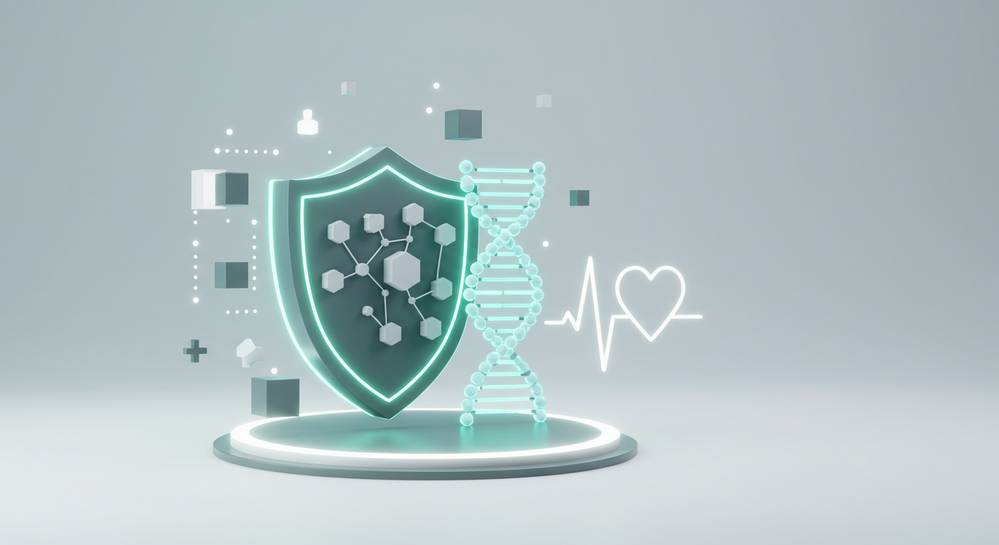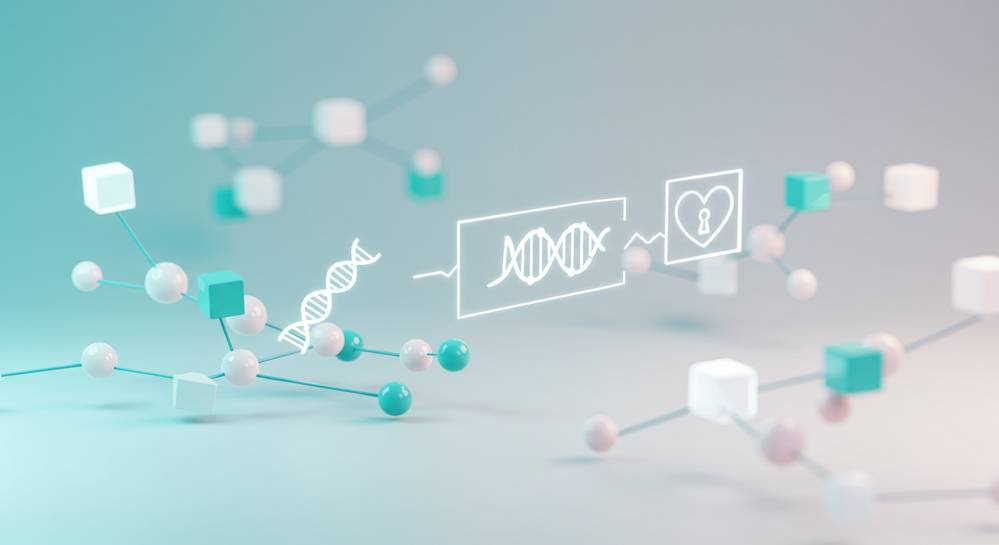The security of patient data is one of the most critical challenges in the healthcare industry today. Centralized databases are frequent targets for cyberattacks, exposing sensitive information and eroding patient trust. The emergence of blockchain in healthcare patient data security offers a revolutionary solution, promising an unprecedented level of protection through its decentralized and immutable architecture. This technology is poised to redefine how medical records are managed and secured.
Why traditional healthcare data systems are failing
Traditional healthcare data management is built on a fragile and outdated foundation. By storing sensitive information in centralized servers, these systems create a single point of failure that is highly attractive to cybercriminals. This vulnerability is not theoretical; in 2024, breaches exposed over 133 million patient records. The current model fails at providing robust patient data security and also hinders effective care through poor data sharing. The need for a new approach to secure data management and privacy protection is undeniable.
Fundamental flaws in legacy healthcare data
- High Vulnerability to Breaches: Centralized databases are prime targets for large-scale attacks, putting millions of patient records at constant risk.
- Data Silos and Inefficiency: Information trapped within one clinic’s system prevents a holistic view of a patient’s health, leading to delays and errors.
- Untraceable Insider Threats: Unauthorized access or human error can lead to significant data leaks that are difficult to audit in conventional systems.
How blockchain technology secures patient data

Blockchain technology provides a robust solution by fundamentally redesigning data management. It replaces vulnerable, centralized servers with a shared, immutable ledger distributed across a network. Every transaction, from a diagnosis to a prescription, is encrypted and added as a permanent, tamper-proof block. This architecture is the foundation of what is blockchain and how it works to deliver superior patient data security.
Core mechanisms of blockchain security
- Decentralization and Distributed Ledgers: By storing identical copies of health records across numerous computers, blockchain eliminates the single point of failure. An attacker would need to compromise a majority of the network simultaneously, a nearly impossible task.
- Cryptographic Immutability: Each record is a block linked to the previous one with a unique cryptographic hash. Any attempt to alter a record breaks this chain, immediately invalidating the data and making tampering obvious.
- Patient-Controlled Access: Using smart contracts, patients can grant specific, time-limited access to their records. This empowers individuals to decide who sees their data and for how long, ensuring true privacy.
Key advantages of a decentralized health record system

Integrating blockchain into healthcare moves beyond theoretical security to deliver transformative benefits. This shift to a decentralized model enhances trust, efficiency, and patient empowerment across the entire ecosystem. The practical undefined become clear when applied to sensitive health records, offering a superior standard for patient data security.
- Enhanced Security and Privacy: Decentralization and strong encryption dramatically reduce the risk of large-scale data breaches. Patient identity is shielded, and data access is tightly controlled by the individual.
- Improved Data Interoperability: Blockchain creates a single, comprehensive source of truth for a patient’s medical history. This allows doctors to access a complete record with consent, leading to better-informed diagnoses.
- Empowered Patient Control: Patients gain unprecedented control over their own medical data. They decide who can view their information and for how long, fostering a truly patient-centric healthcare model.
- Transparent and Auditable Trails: Every interaction with a health record is logged on an immutable ledger, creating a transparent, unchangeable audit trail for compliance and research.
Overcoming hurdles for widespread adoption

Despite its promise for patient data security, the path to widespread blockchain adoption in healthcare is filled with significant hurdles. These technological, financial, and regulatory challenges must be systematically addressed before this innovation can become a new industry standard. Understanding these barriers is the first step toward creating viable, long-term solutions for the future of healthcare.
- Scalability and Performance: Public blockchains often struggle with slow transaction speeds, which is a major barrier for healthcare systems that need to process vast amounts of data quickly and efficiently.
- High Implementation Costs: Migrating from established legacy systems to a blockchain infrastructure demands substantial investment in new technology, specialized staff training, and complex integration processes.
- Regulatory and Compliance Gaps: Navigating data privacy laws like HIPAA with a decentralized technology creates legal uncertainty. Clear guidelines are essential to ensure compliance.
- Need for Industry-Wide Standards: Without common protocols for data formatting and exchange, different blockchain systems cannot communicate, risking the creation of new, isolated data silos.
The application of blockchain in healthcare represents a paradigm shift from vulnerable, siloed data systems to a secure, transparent, and patient-controlled model. While challenges in scalability and regulation remain, its potential to fortify patient data security is undeniable. This technology is not just an incremental upgrade but a foundational change for a more trustworthy digital health future. For more insights on emerging technologies, explore Modern Techera.



